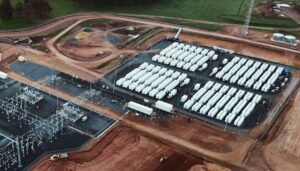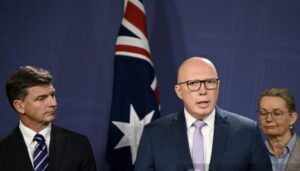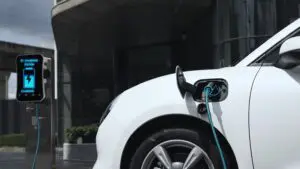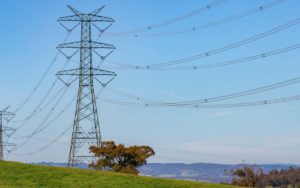New rooftop solar installations in parts of South Australia will face the choice of agreeing to “flexible” solar export arrangements, or be limited to a hard 1.5kW limit under new rules to be introduced within months by the local distributed grid owner, SA Power Networks
The new options are expected to impact households installing rooftop solar systems for the first time, or upgrading their existing installations, in certain “congested” parts of the grid, most likely in parts of Adelaide’s southern suburbs.
It will mean that they can choose between a “flexible” export option, which will allow up to 10kW of export capacity in return for the ability of SAPN to lower those export limits “periodically” to manage the local grid, or be restricted to a hard limit of just 1.5kW.
South Australia households are currently restricted to a limit of 5kW of export capacity, meaning that those households with bigger systems either need to self consume the excess power, store it in a battery, or see it go to waste.
SAPN insists the new rule, which it hopes to be in place within months, will solve growing congestion issues and allow for the state’s installed capacity of rooftop solar, already at more than 1.5GW across more than 290,000 households, to more than double over the next five years.
The new “flexible export” option is just one of a number of new protocols that have been introduced in South Australia, which finds itself at the pointy end of the energy transition because it already has a 60 per cent share of wind and solar, and rooftop solar alone has accounted for 100 per cent of local demand on some occasions.
That, says SAPN, the state government, and the Australian Energy Market Operator, makes the local grid potentially hard to manage, particularly with only one major and one minor link to Victoria.
Last year, the state fast-tracked the introduction of inverter standards that allows for rooftop solar installations to be “switched off” on instruction from AEMO, an even that has already occurred at least once.
This week, RenewEconomy reported that the state is also looking to fast-track new standards for EV chargers, pool pumps, hot water systems and air-conditioners that will also allow for these appliances to be turned down, switched off, or even switched on in different circumstances.
And, across the country, new rules are being proposed that will allow local networks and utilities to impose a “charge” on solar exports, in the hope that these encouraged away from periods where the grid can come under pressure.
The introduction of “flexible” or “dynamic” exports was flagged last October, and it is considered inevitable in all states as the share of rooftop solar grows, and eventually contributes up to half of all electricity demand. See: Flexible exports: It looks like the future of rooftop solar for households
SAPN says that the new arrangement, which will be launched with an ARENA-funded trial, differs from – but is complimentary to – the solar “switch off” option because it is focused on local network needs, rather than the grid as a whole.
Initially, SAPN expects the flexible export option to affect just two per cent of new installations, but this will inevitably grow as the amount of solar increases, and it imagines that it will become standard for all solar customers, including existing solar households.
South Australia says it has managed to avoid the zero export limits that have been imposed on solar households in other states, particularly Victoria.
“Flexible Exports and other initiatives we are undertaking will mean more South Australians will have the opportunity to install solar and gain the benefits,” Mark Vincent, the head of strategy and transformation at SAPN, said in a statement.
“Obviously the outcome for individual customers depends on a host of factors and customers should talk to their solar installer about the specific benefits.”
The ARENA funded trial, which is being conducted with SAPN and the Victorian-based AusNet, along with inverter companies Fronius, SMA, and SolarEdge, and energy management software company SwitchDin, will look at the technical needs to offer customers flexible rather than fixed export limits.
Mike Stone, from the Clean Energy Council and chair of the Solar Industry Reference Group, which is working with SAPN on the proposal, says flexible exports are a lot smarter solution than imposing lower or zero fixed export limits in overloaded areas, as has happened interstate.
How Flexible Exports work
The Flexible Exports option will provide customers with an export limit up to 10kW per phase, based on SA Power Networks’ assessment of network capacity in the area in which the customer is located.
Modern internet-connected smart solar inverters will regularly receive export limits via the internet from SA Power Networks.
For most of the time, this will mean customers have the opportunity to export more than they would on a lower fixed export limit, subject to the size of their unit and consumption patterns, even in
highly overloaded parts of the network.
Export limits will only be lowered periodically when necessary to avoid overloading the network and to help maintain a reliable electricity supply.










